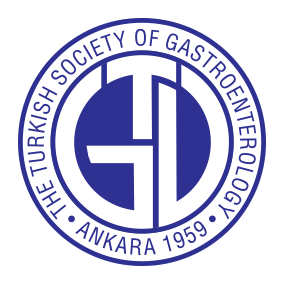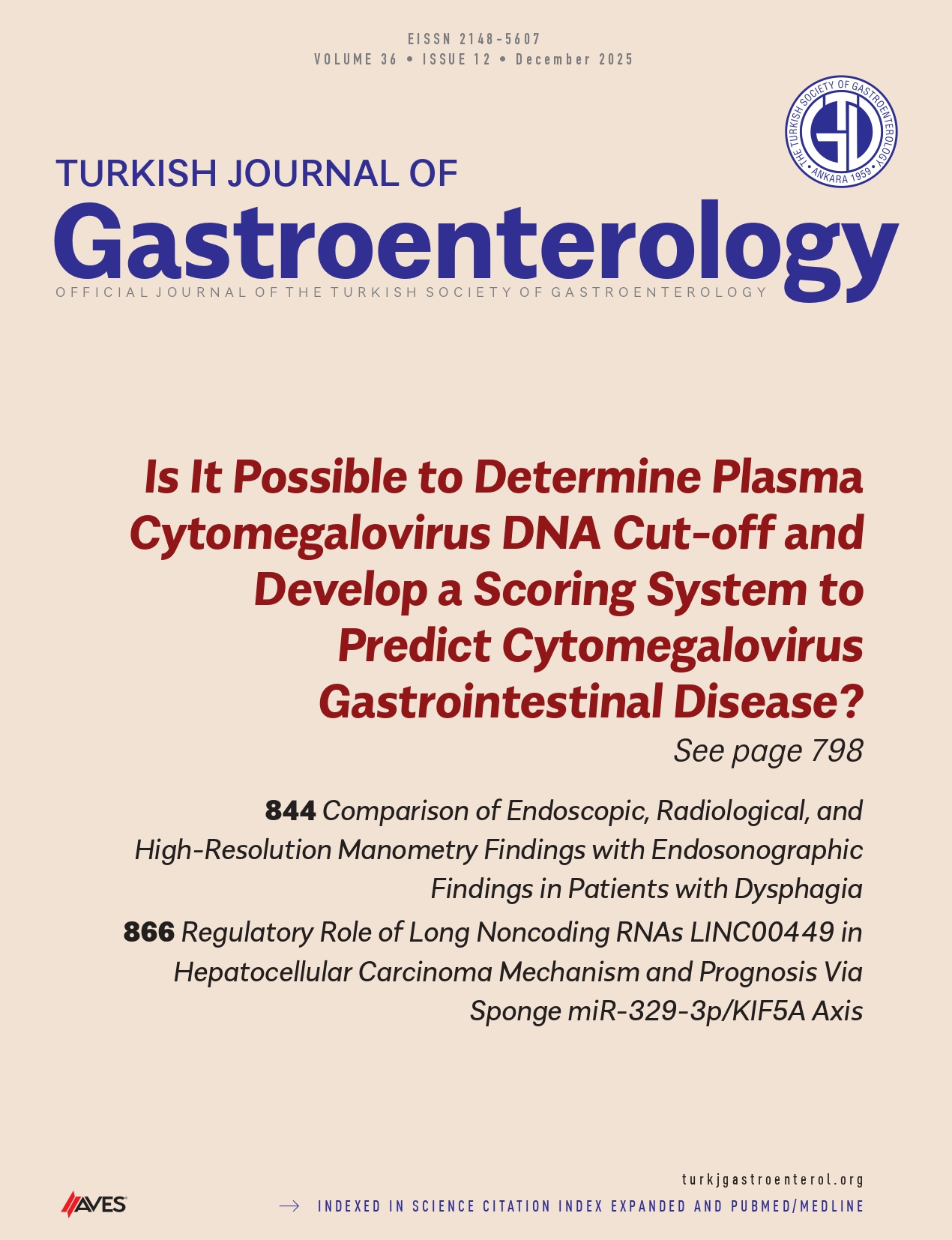Background/Aims: There is evidence suggesting an association between hepatitis B virus (HBV) RNA and hepatic fibrosis in treatmentnaïve chronic hepatitis B (CHB) patients. However, few studies have delved into the relevance between HBV RNA and HBV-related cirrhosis. The purpose of this article is to elucidate the connection between HBV RNA and cirrhosis in patients undergoing nucleos(t)ide analogs (NAs).
Materials and Methods: This study included 381 patients. Logistic regression was employed to investigate the variables linked to the development of cirrhosis. Propensity score matching was used to correct for confounders.
Results: In this cross-sectional study, multivariable logistic regression showed HBV RNA detectability was associated with cirrhosis. Multivariate regression suggests that the variables associated with cirrhosis were: older age, HBV RNA above the lower limit of quantification, shorter duration of treatment, higher level of serum bilirubin, and treatment strategy. Among patients with quantifiable HBV RNA (n = 242), cirrhotic patients exhibit lower median serum HBV RNA titers compared to those with CHB patients. Furthermore, qHBsAg ≤ 3.3 lg IU/mL and qHBV RNA ≤ 3.7 lg copies/mL may be linked to cirrhosis.
Conclusion: Nucleos(t)ide analogs treatment may result in varying degrees of decrease in HBV RNA levels. Lower levels of HBV RNA may be linked to the development of cirrhosis.
Cite this article as: Wu J, Zhang Y, Gao H, et al. Lower serum HBV RNA level is associated with liver cirrhosis in patients treated with nucleos(t)ide analogs: A population-based cross-sectional study. Turk J Gastroenterol. 2025;36(7):442-449.




.png)
.png)